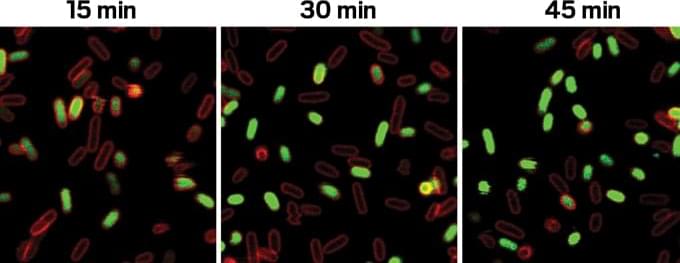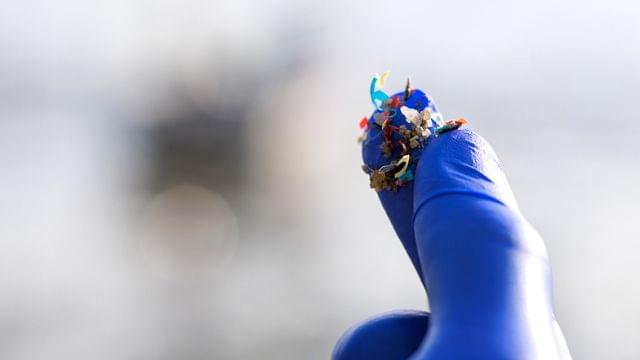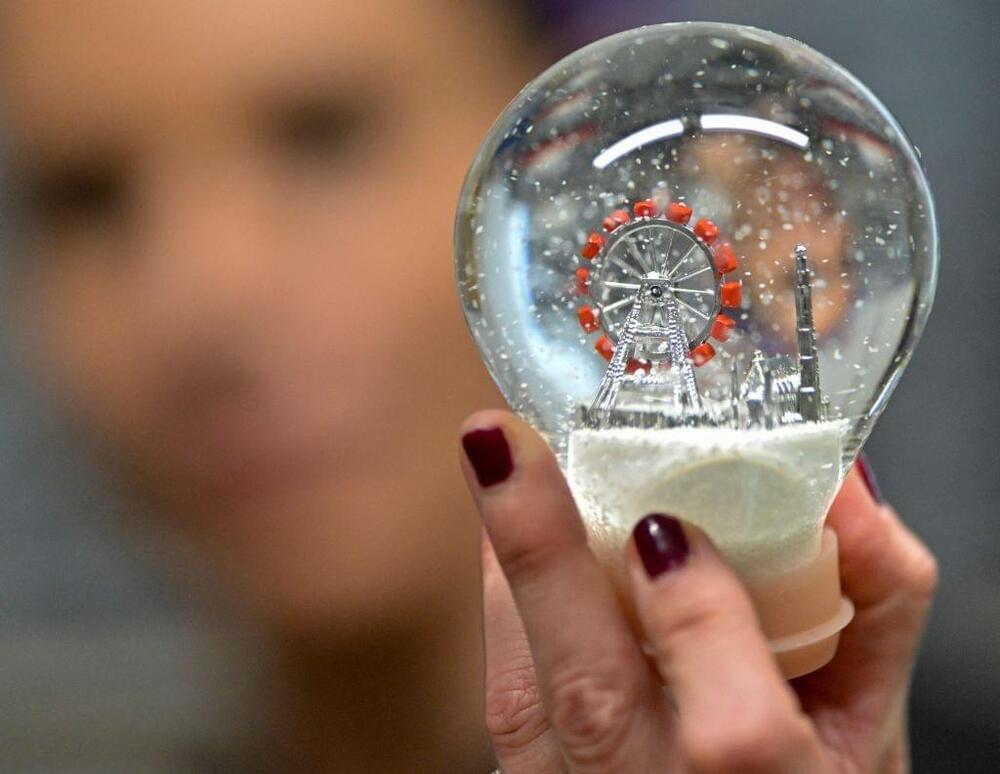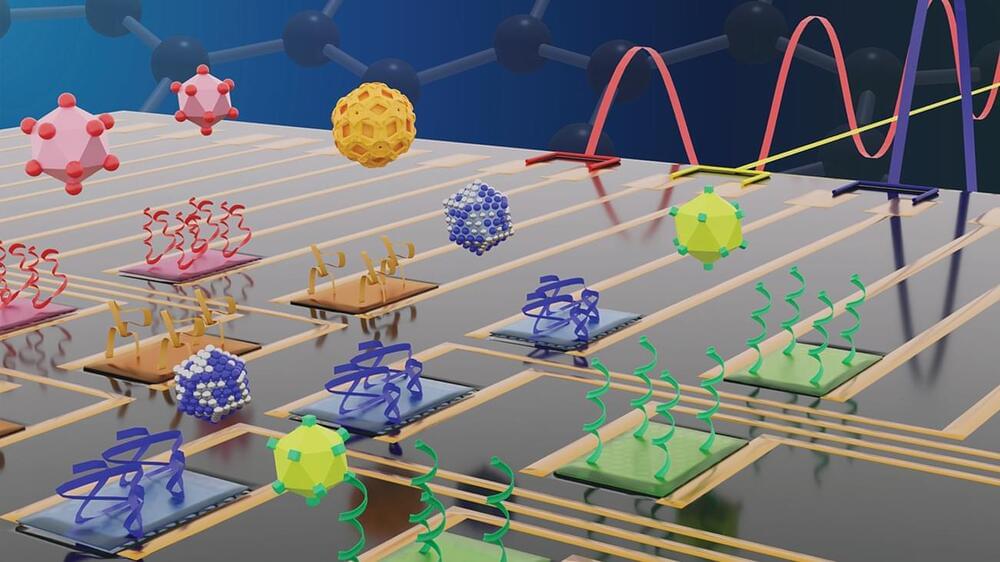Synchronicity!😉 Just a few hours ago I watched a video which stated that the philosopher Henri Bergson argued our linear perception of time limited our ability to appreciate the relationship between time and consciousness.
What if our understanding of time as a linear sequence of events is merely an illusion created by the brain’s processing of reality? Could time itself be an emergent phenomenon, arising from the complex interplay of quantum mechanics, relativity, and consciousness? How might the brain’s multidimensional computations, reflecting patterns found in the universe, reveal a deeper connection between mind and cosmos? Could Quantum AI and Reversible Quantum Computing provide the tools to simulate, manipulate, and even reshape the flow of time, offering practical applications of D-Theory that bridge the gap between theoretical physics and transformative technologies? These profound questions lie at the heart of Temporal Mechanics: D-Theory as a Critical Upgrade to Our Understanding of the Nature of Time, 2025 paper and book by Alex M. Vikoulov. D-Theory, also referred to as Quantum Temporal Mechanics, Digital Presentism, and D-Series, challenges conventional views of time as a fixed, universal backdrop to reality and instead redefines it as a dynamic interplay between the mind and the cosmos.
Time, as experienced by humans, is more than a sequence of events dictated by physical laws. It emerges from our awareness of change, a psychological construct shaped by consciousness. Recent advancements in neuroscience, quantum physics, and cognitive science reveal fascinating parallels between the brain and the universe. Studies suggest that neural processes operate in up to 11 dimensions, echoing M-Theory’s depiction of a multiverse with similar dimensionality. These insights hint at a profound structural resemblance, where the brain and the cosmos mirror each other as interconnected systems of information processing.
Quantum Temporal Mechanics goes further, positing that consciousness not only perceives time but actively participates in its manifestation. In quantum theory, the observer plays a pivotal role in collapsing wavefunctions, a process that may extend beyond the microcosm to the fabric of reality itself. Various interpretations of quantum mechanics, such as Quantum Bayesianism and Consciousness Causes Collapse theory, support the idea that the observer’s awareness helps shape how time unfolds. In this framework, the flow of time becomes a participatory phenomenon, where consciousness and the universe co-create the temporal experience.
The implications of this perspective are far-reaching. By placing consciousness at the center of temporal reality, D-Theory suggests that the universe operates as a self-simulating quantum neural network—a vast, intelligent system continuously evolving and self-regulating. Reality itself becomes an active, dynamic process in which every quantum event contributes to the universe’s collective intelligence, much like neurons firing in a biological brain. This conceptualization reimagines the universe as a living, thinking entity, where time, space, and experience are constructs shaped by a universal consciousness.








